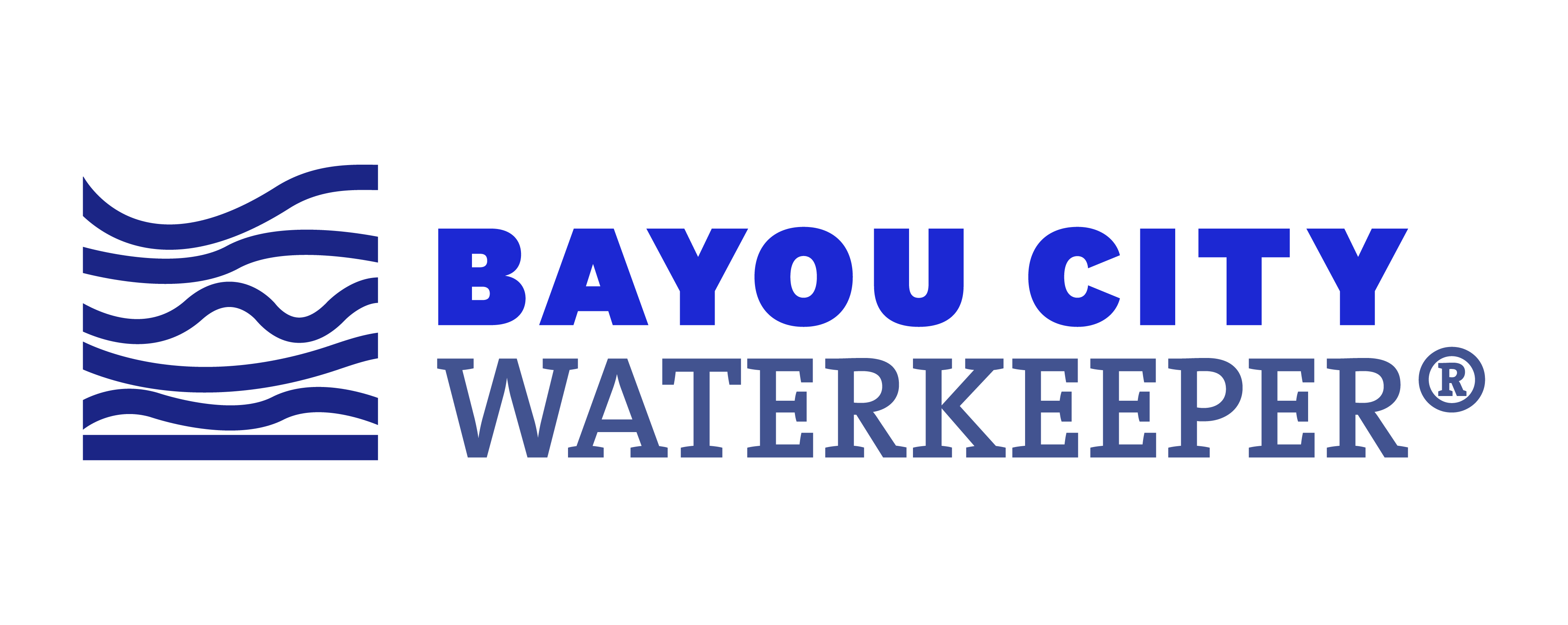Join us in welcoming BCWK’s first Artist-in-Residence, Fred Schmidt-Arenales.

What is the last waterbody that you visited?
As of writing this, Lake Michigan! I’m in Chicago because of a screening and spending time where I went to undergrad in the neighborhood of Hyde Park. The lake is totally beautiful. Last weekend I drove 45 minutes or so south to the Indiana Dunes. The prevailing winds blow south here, so all the sand and silt in the lake eventually makes its way south and forms these huge sand dunes. During the 19th and 20th century the sand was excavated and trucked away for industrial purposes – especially glassmaking – so the only parts left are the sections that were protected as state and national parks. There used to be lots of people that lived in shanties and other improvised houses in the dunes. In the early 20th century a woman named Alice who had grown up in Chicago decided to reject city life and move out there. The park has created a whole kind of folklore around her with all these placards and things dotted throughout the park – at one point a newspaper had named her “Diana of the Dunes” after Diana who was I think a Roman goddess of hunting or something. Her own writing about why she lived in that way – because of how she felt city life was stifling and unnatural and not close to the way people were meant to live – is actually quite radical and it was a nice thing to encounter unexpectedly.
Tell us about your background as an artist.
I started out as a theatre maker. In college I worked on a lot of plays in many different roles: acting, directing, set design, sound design, etc. It was a great way to get experience with a lot of different realms of production – all of these skills are useful to me as an artist and filmmaker. I was really into realism, and especially plays that felt like they resonated with my life and the people I was around (which was college students mostly, so that work was pretty solipsistic look back on it). I was really into some filmmakers like John Cassavetes and Mike Leigh that worked with their actors in a way where the characters were really based on the lives and personalities of the actors – there wasn’t so much space between the actor and the character. This kind of interest has stayed with me as my work developed over time. I moved from theatre to doing lots of performances in galleries and museums in visual art contexts, while still tapping into theatre worlds here and there. I also started working with video in college, and this didn’t mature into a filmmaking practice until more recently. Right now the projects I’m working on are all films but they have major elements of performance within them, and performance is still a really important aspect of my work, even within the non-fiction realm.
Why is art and creativity important in policy or water policy specifically?
I think creativity and art are fundamentally important aspects of life for all people no matter what. Sadly, we live in a time and a society that has sectioned off art and culture into a separate zone where only specialists are supposed to do that, and you’re supposed to go to special places to experience those things, and most people are told at different stages in their lives that they aren’t artists and that’s not what they are supposed to do. There’s lots of evidence that art and craft were integral parts of life for most peoples around the world at different times before the development of capitalism. Art suffused the everyday tasks of living. It sounds cheesy but I think it’s just a fundamentally human impulse to create and embellish and take pride in making things and to work in concert with the materials available. So insofar as leadership, governance, and policy are parts of life, I think art should be part of those things just like it should be part of everything. The challenge we have now in this siloed and bifurcated world is to figure out ways to incorporate art and creativity into activities where that won’t necessarily be seen as appropriate.
How do you think your work as artist-in-residence will impact BCWK’s work and our community?
I hope that my project can help gather people and encourage them to become active and even leaders around the Coastal Barrier and around issues that are important to them around water and flooding in the region. At different stages of the project I’ve gathered people as performers, participants, audiences, and interlocutors in processes that very directly ask questions about civic participation, lack thereof, and the reasons for that. I hope that this can have an effect of getting more people more involved in working alongside BCWK. I hope that the film, once finished, can serve as a tool for continuing that work.
Why is Houston special?
So many reasons! I think in the context of this conversation, Houston offers a really interesting and exciting opportunity. In my understanding, Houston grew and grew because of its role as the petrochemical producer in the country. That growth included the influx of hugely diverse communities, and now that the city and region can see the end of fossil fuels inevitably coming, there is this huge hanging question, what next? What is life going to be like without those industries driving growth? There’s an opportunity to be a leader in so many ways, to reject the received logics of endless growth and to center other values as the region goes forward. It will take the leadership of the people.
Learn more about Fred’s projects here!
